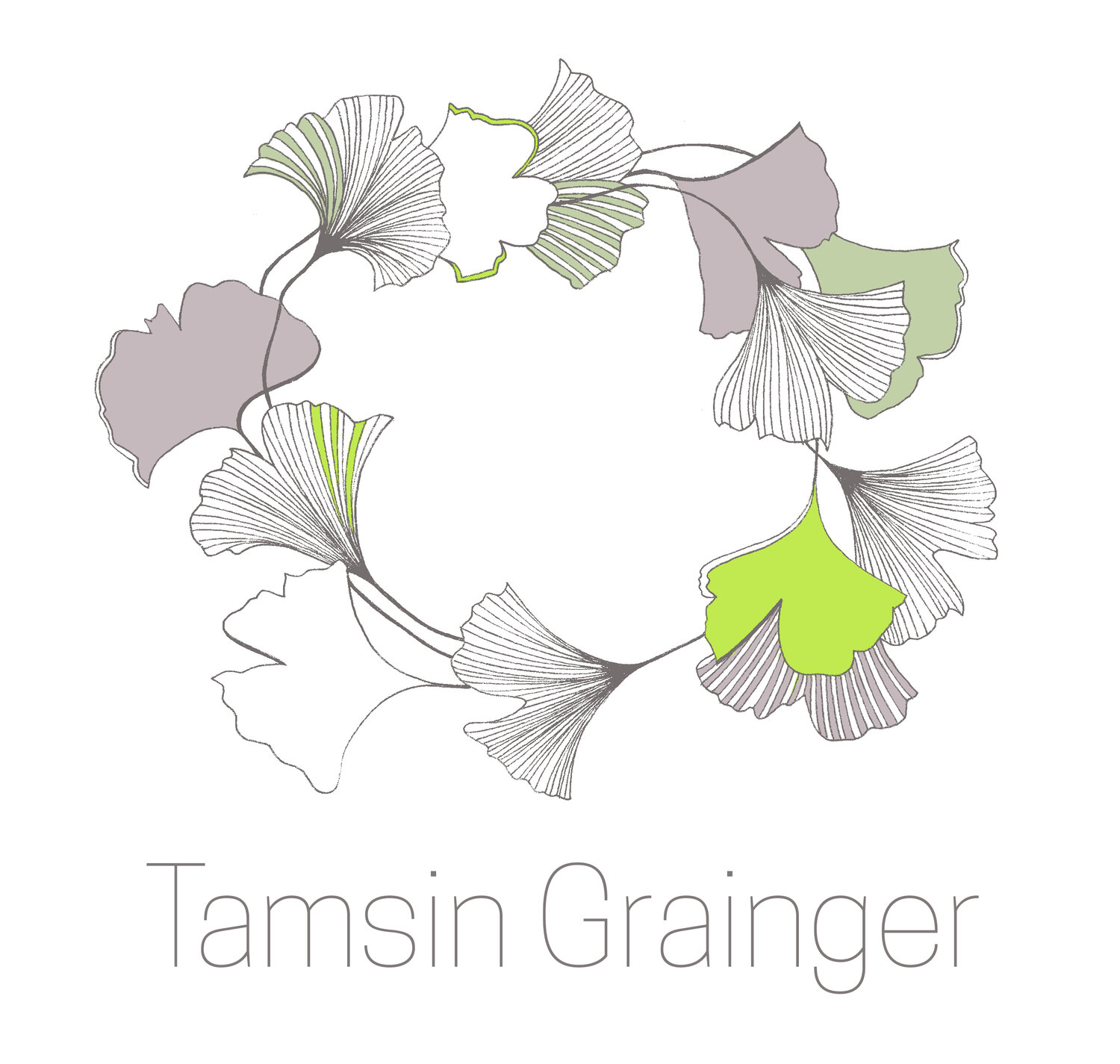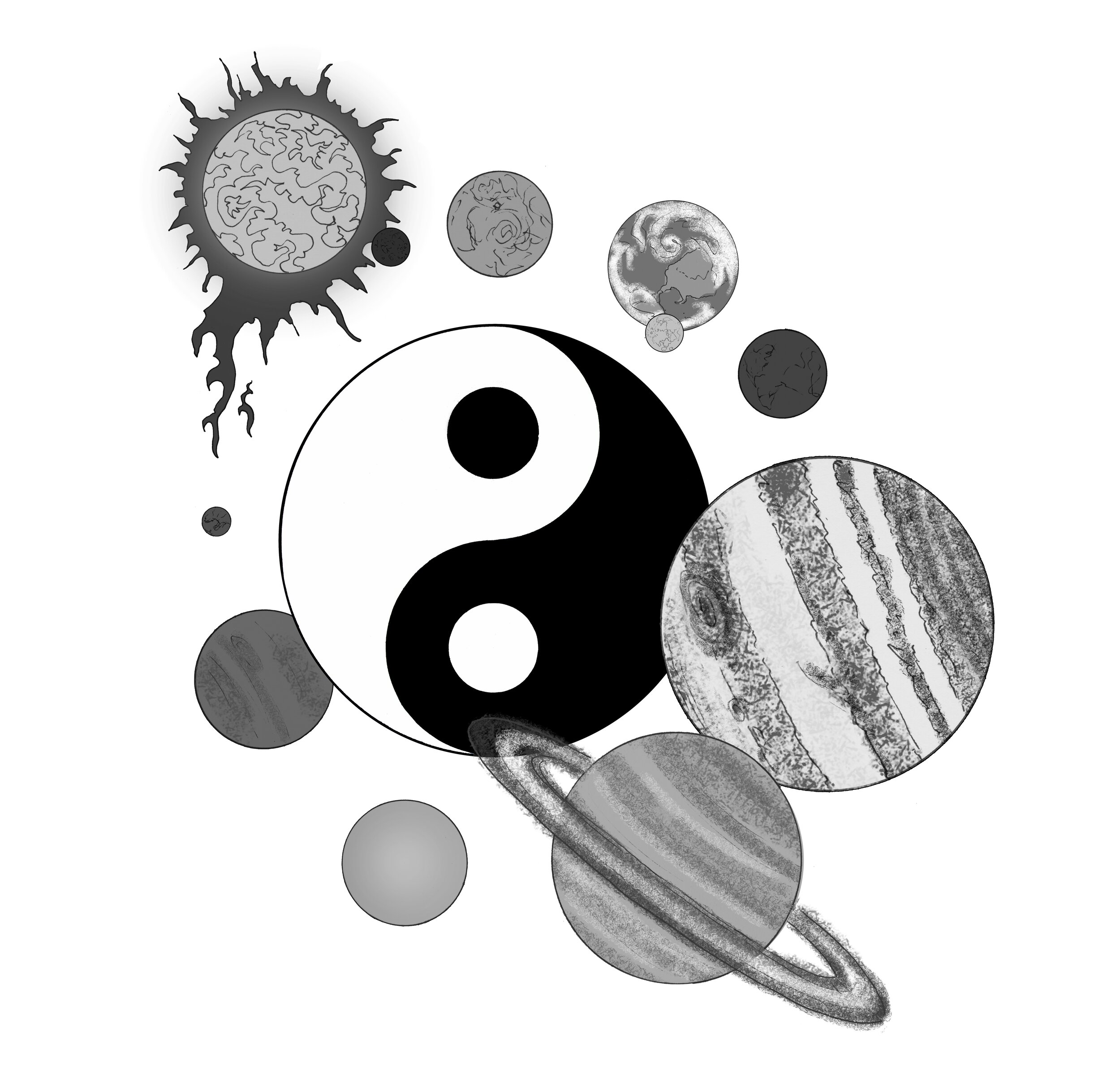“Shiatsu is coming to maturity”
“Shiatsu is coming to maturity at exactly the time when health services around the world are starting to need what we offer as part of their palliative care policy,” says Tamsin Grainger in her new book, Working with Death and Loss in Shiatsu Practice, a guide to holistic bodywork in palliatiave care.
“Increasingly, their reports contain language which is familiar to us – that death is a natural part of life and that care for the dying must be holistic,” she says. Specifically written for Shiatsu practitioners, her book offers us essential resources, professional guidance and practical examples drawn from her extensive research and her years of experience as a Shiatsu practitioner and teacher.
Examining the role of Shiatsu in a wide range of settings, from hospitals to homes, clinics and prisons, her findings show that Shiatsu is increasingly being used as a profound and skilful accompaniment to the many phases of end of life care.
“What is written here,” she says, “is not the result of trials and studies using large cohorts and with extrapolated data. Instead, it is the accumulated knowledge from my 30 years as a Shiatsu practitioner in private practice and corporate settings, and as a teacher at The Shiatsu School Edinburgh, with health visitors, at the Scottish Office and in tertiary education.”
Illustration by Janine van Moosel, taken from the book. c. Tamsin Grainger
Ever-widening circles
Tamsin’s experience has enabled her to see, at first hand, how the way we deal with death affects ever-widening circles of human relations and society at large. That includes the key staff on the front-line of our emergency services. She describes working with a firefighter who reported daily rescuing people and animals from death. He had been unable to sleep at night unless he drank heavily and would not seek counselling “in case the chief finds out”. He was still suffering ten years on from his retirement.
“His adrenal system was on high alert,” Tamsin writes,” and he displayed a fighting spirit, with a Liver Jitsu, Kidney Kyo Hara diagnosis at the first session. Initially, it was vital to meet that energy using rotations and stretches. Once the pent-up Ki had dispersed, back palming in time with breathing and firm work on the soles of the feet started to put him in touch with his underlying exhaustion.”
This is a practitioner’s resource book. In addition to these hands-on descriptions of her work, it includes detailed and helpful charts, tables and explanations on the movements of Ki in the different states associated with death and loss, TCM in the life-cycle, and the Five Elements and Zen Shiatsu in relation to the stages of grief.
Photo by Anastazia Mac Corgarry, taken from the book. c. Tamsin Grainger
There is extensive point-by-point information on support for practitioners and the specialized information we need. This includes legal requirements, insurance, record keeping, confidentiality rules, boundary issues, working with disabilities, mental health, extreme events, breakdowns in client-practitioner relationships and much more – all offering a range of perspectives, real-life examples and the applicable professional standards.
Deeply personal
“Of course, I cried while I wrote this book,” says Tamsin who is well known and loved for her open heart and her “tendency to name things so that they are not hidden.” This, like all Shiatsu, is deeply personal work. She points out that we often hear it said that “We avoid talking about death.” Her research shows how true this is, but not as we might expect.
Nowadays there are thousands of books, blogs and articles on death, and she describes “countless, wonderful examples of writing about grief and loss in libraries, bookshops and online.” But in the clinic, person-to-person, it is often a very different matter. “Clients do not often broach the subject,” she points out. “I do find that those who are close to dying make passing reference to the fact with comments like, ‘In the time I have left…’ and ‘...because I do not have much time’.’” Unnamed but felt, death and the fear of it “is always hanging in the air.”
It is precisely then, in that deeply personal encounter, that whatever is unspoken, hidden and feared can be touched by the silent, energetic listening of Shiatsu. “The skilled practitioner,” writes Tamsin,”has the ability to sink into a place where knowledge and experience are trusted and fully integrated. When we practise that rigorous observation, we are developing the ability to touch in just the right places without denying any of the client’s experience.” Doing this is what she calls “the courage to be, to co-exist with the client.”
E.D. was in a supine position on the massage table. She was breathing extra heavily which could have been the exertion of walking to the treatment room, as well as her lung cancer. She was lying in a very stiff, uncomfortable-looking way. She just shook her head when I asked her how she was. I started with a Hara diagnosis and asked her whether she would like me to touch her legs or not. Thumbs up! I left one hand on her Hara and slid the other under her thigh, starting to lever up as I worked along the Large Intestine meridian (Large Intestine was Kyo in the Hara diagnosis). She winced. I slowed down, waiting longer at each point than usual and she started to relax. By the time I got to her foot for the first time she had shut her eyes: we had started to harmonize. Afterwards, I worked the Stomach meridian (which was Jitsu in the Hara) in a similar way, and that was when she started to tell me her story.
You can order the book via the link here and there is more about her work on her website here.
Richard Reoch
Richard Reoch (a graduate of The Shiatsu College and former MRSS) is the author of Dying Well – a Holistic Guide for the Dying and their Carers, for which Carola Beresford-Cooke was the Shiatsu consultant. She suggested he contribute the foreword to Tamsin’s book. A senior student of Master Lam Kam Chuen, Richard worked with Gaia Books on Master Lam’s ground-breaking trilogy The Way of Energy, The Way of Healing and The Way of Power that brought the art of Zhan Zhuang Chi Kung – Standing Like a Tree – to the West. Introduced at an early age to a Japanese Buddhist community, he has devoted his working life to human rights, peace and the environment. As part of a recent high-level interfaith delegation to the Rohingya refugee camps on the Myanmar border, he helped launch the Buddhist Humanitarian Project, featured by Lion’s Roar in “Meditating on the Buddha in the midst of Buddhist Terror”.




